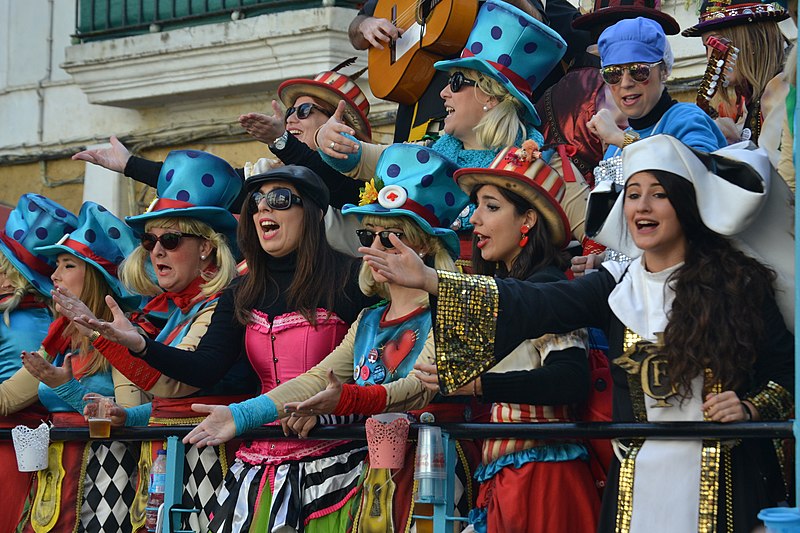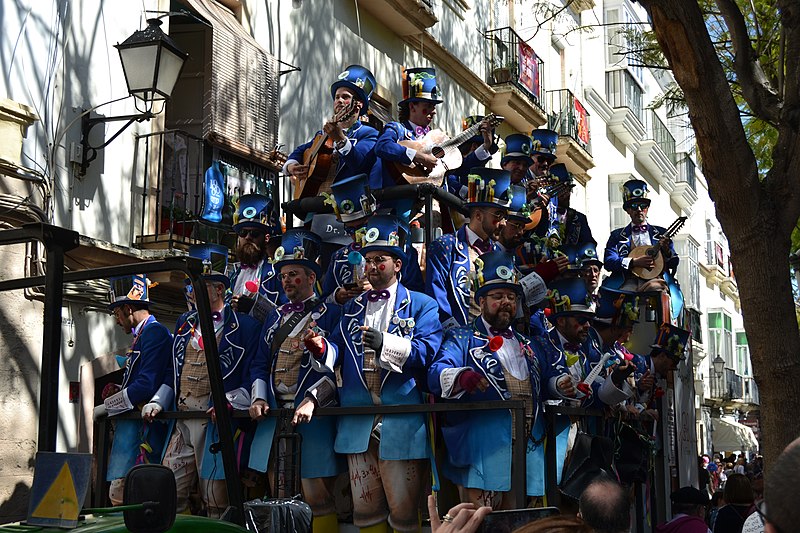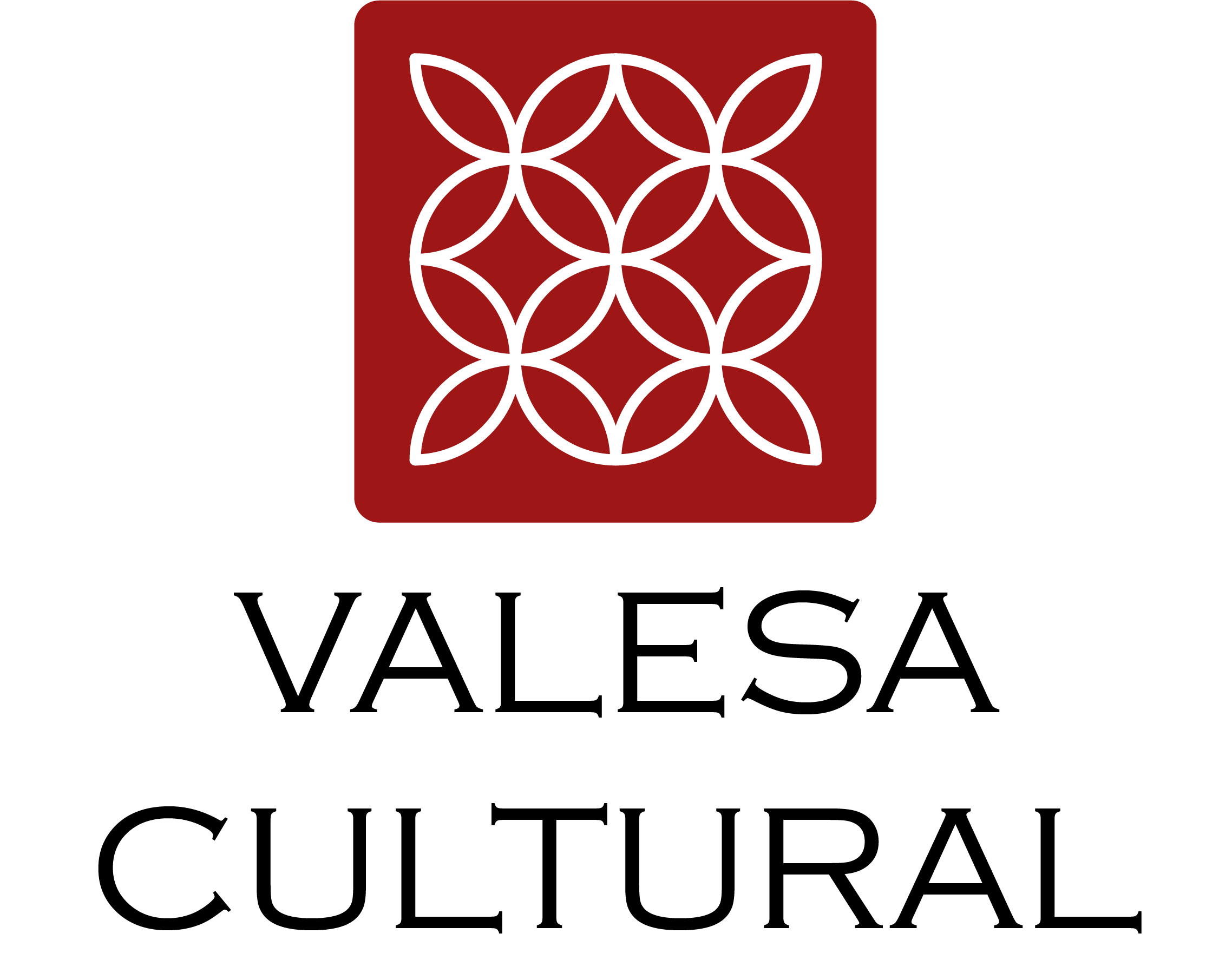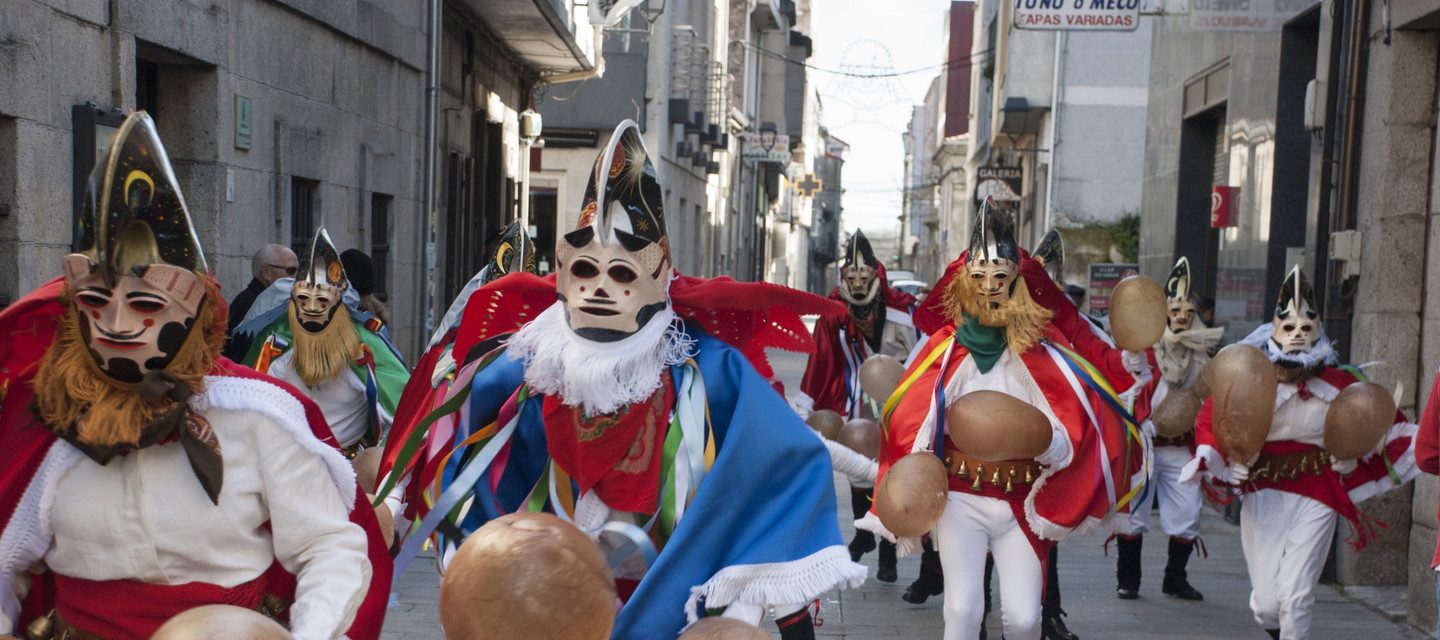Carnival in Spain is a vibrant celebration held in the days leading up to Lent, typically in February or early March. Characterized by parades, elaborate costumes, music, street parties, and a lively atmosphere, each region adds its unique touch to the festivities.
In the northwestern region of Galicia, the city of Ourense is renowned as the Carnival capital. Known locally as ‘Entroido,’ this celebration is marked by ancestral rituals and emblematic figures. The festivities span five consecutive days, beginning with the “cigarrones” who run through town. These men, adorned in elaborate masks and costumes, either encourage participation or scare the public with loud noises. Each village in the area boasts its own distinctive characters and mask styles.
In the southern city of Cádiz, humor, sarcasm, and mockery take center stage. The Carnival of Cádiz is famous for its clever and imaginative attire, with colorful costumes and painted faces. The highlight is the ‘chirigotas,’ groups performing satirical songs. Larger choirs travel through the streets on open floats, singing with small ensembles. An official contest kicks off the festivities, showcasing the rebellious spirit of this historic festival.
Meanwhile, in the Canary Islands, the Las Palmas de Gran Canaria Carnival is a must-see event. The carnival features a variety of events, including the Drag Queen Gala, the Grand Parade, and the Burial of the Sardine. The streets come alive with vibrant costumes, music, and dance, making it one of the largest and most colorful carnivals in Spain.



